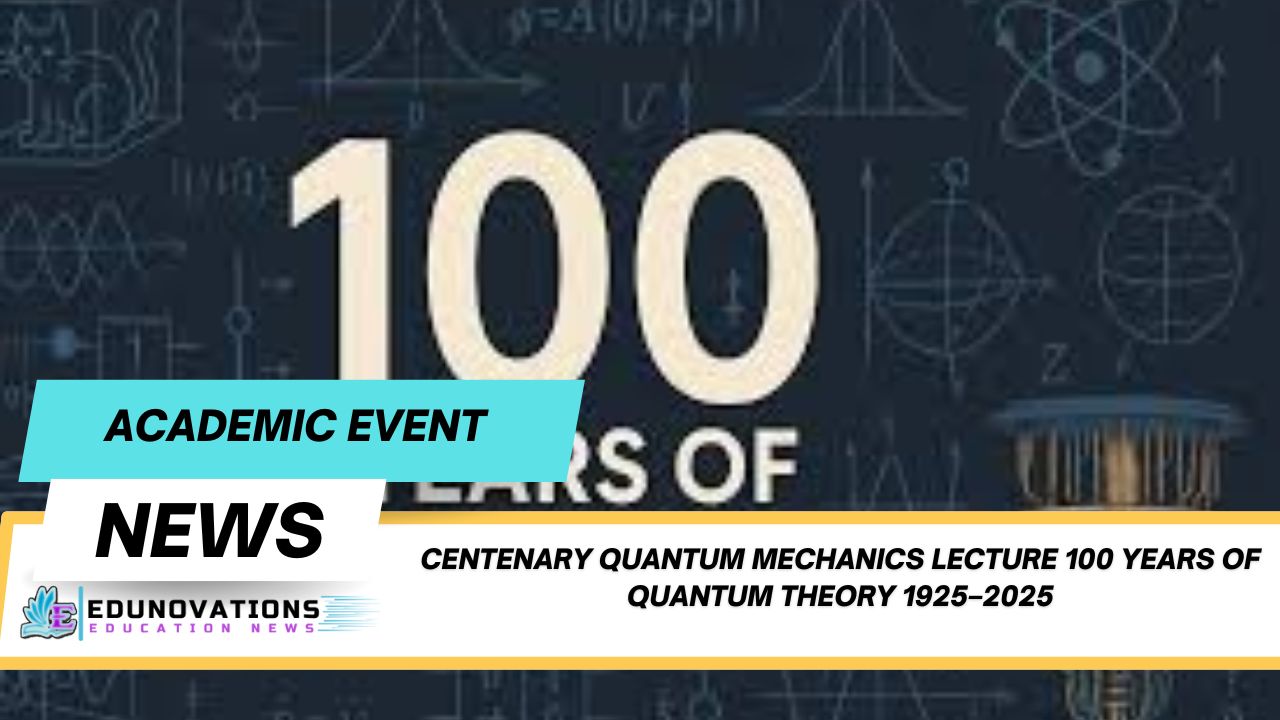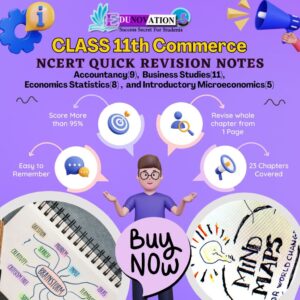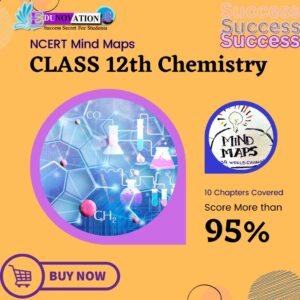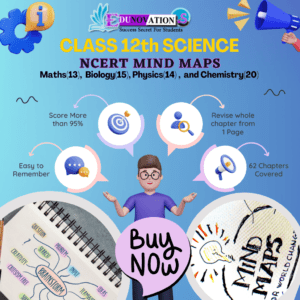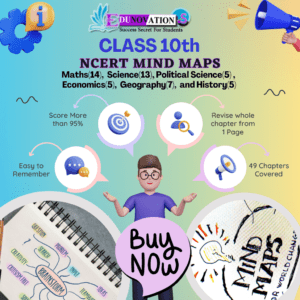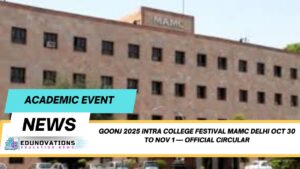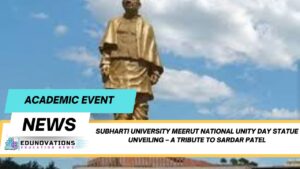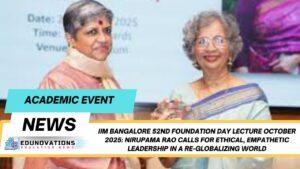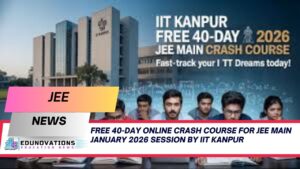Explore the centenary quantum mechanics lecture 100 years of quantum theory 1925–2025 delivered by Prof. Manoj K. Harbola at IIT Kanpur, highlighting a century of discoveries from Planck to modern quantum computing.
A Century of Quantum Discovery at IIT Kanpur
The centenary quantum mechanics lecture 100 years of quantum theory 1925–2025 marked a historic milestone in the scientific world. Organized by the Indian Institute of Technology (IIT) Kanpur, the lecture honored a century of quantum thought — from Max Planck’s foundational quantum hypothesis to the revolutionary principles that govern today’s quantum technologies.
The keynote speaker, Professor Manoj K. Harbola, a distinguished physicist from the Department of Physics at IIT Kanpur, presented a comprehensive overview of the evolution of quantum mechanics, emphasizing both its conceptual depth and technological impact.
The event drew students, researchers, and academicians from across the country, reflecting the growing fascination with quantum physics and its relevance in modern science, computing, and communication.
Tracing the Birth of Quantum Mechanics
Professor Harbola began the session by revisiting the early 20th-century breakthroughs that laid the foundation of quantum theory. The story began in 1900 when Max Planck introduced the idea of quantized energy levels to explain blackbody radiation — a moment that transformed physics forever.
Following Planck’s discovery, Albert Einstein’s photon theory of light in 1905 further expanded the boundaries of classical physics. It proposed that light itself consisted of discrete packets of energy — photons — challenging long-held notions of continuous waves.
By 1913, Niels Bohr’s model of the hydrogen atom bridged Planck’s and Einstein’s concepts, successfully explaining atomic spectra. These early milestones formed the backdrop to the revolutionary work of Werner Heisenberg, who, in 1925, developed matrix mechanics, the mathematical framework that officially marked the birth of modern quantum mechanics.
History of Quantum Mechanics 1925: Heisenberg Matrix Mechanics Explained
As Professor Harbola highlighted, the year 1925 stands as a cornerstone in physics. It was the year when Werner Heisenberg, then just 23 years old, formulated matrix mechanics — a bold abstraction that dispensed with visual models of atoms and instead used mathematical operators to describe atomic behavior.
This development paralleled Erwin Schrödinger’s wave mechanics introduced a year later, leading to one of the most celebrated equivalences in physics — the unity of wave and matrix mechanics.
Professor Harbola’s lecture delved deeply into these ideas, explaining how Heisenberg’s insight transformed the way physicists understood observables, uncertainty, and measurement. His analysis provided clarity on a complex subject often misunderstood even by advanced learners.
Indian Physicists Saha and Bose: Contributions to Quantum Theory Overview
The lecture also honored the contributions of Indian physicists Meghnad Saha and Satyendra Nath Bose, whose pioneering work influenced global quantum research.
- Meghnad Saha’s ionization equation, formulated in 1920, connected thermodynamics and atomic theory, explaining stellar spectra and playing a crucial role in astrophysics.
- Satyendra Nath Bose, on the other hand, revolutionized quantum statistics through his collaboration with Einstein, leading to what we now call Bose–Einstein statistics and Bose–Einstein condensation — phenomena central to understanding quantum gases and superconductivity.
Professor Harbola emphasized that these early Indian contributions demonstrated the intellectual depth of scientists working outside the Western world, paving the way for India’s continuing role in global physics.
The Century That Changed Technology
One of the most engaging parts of the session focused on how quantum mechanics has shaped modern life. From semiconductors that power smartphones to lasers used in surgery and telecommunications, quantum principles lie at the heart of everyday technology.
Harbola pointed out that modern quantum mechanics applications in semiconductors, lasers, and quantum computing have grown into trillion-dollar industries. Quantum mechanics not only reshaped electronics but also gave rise to transformative tools such as Magnetic Resonance Imaging (MRI) and Global Positioning Systems (GPS).
He further explained how quantum entanglement, once dismissed as a theoretical curiosity, now underpins quantum cryptography and communication — critical technologies for secure data transfer in the 21st century.
Quantum Computing: The Future Frontier
Building on the historical narrative, Professor Harbola turned to the frontier of quantum computing, describing it as the next paradigm shift in information science.
He explained how qubits, unlike classical bits, exist in superposition states that allow massive parallel computation. Tech giants such as IBM, Google, and India’s national quantum mission are investing heavily in developing fault-tolerant quantum computers.
According to Harbola, “Quantum computing is where 1925 meets 2025. It’s a continuation of the same revolution that Heisenberg began a century ago — only now, its implications reach into every sphere of human life.”
Introduction to Quantum Mechanics for Students: Matrix Mechanics vs. Wave Mechanics
For students attending the lecture, the session was a masterclass in bridging classical and quantum understanding. Professor Harbola provided an introduction to quantum mechanics for students, comparing matrix mechanics vs. wave mechanics to clarify how both describe identical physical realities through different mathematical languages.
He emphasized that while wave mechanics (Schrödinger’s approach) appeals intuitively, matrix mechanics offers deeper insight into non-commuting observables — a fundamental aspect of quantum theory.
This comparative perspective allowed attendees to appreciate the evolution of thought that shaped quantum mechanics as a unified discipline.
Reflections on 100 Years of Quantum Thought
Marking the 100 years of quantum theory (1925–2025), the lecture stood as both a tribute to scientific ingenuity and a reminder of how curiosity drives progress.
Professor Harbola traced how each decade brought new revelations — from the quantum field theories of Dirac and Feynman to the Standard Model and the current exploration of quantum information.
He reminded the audience that “Quantum mechanics teaches us humility — the more precisely we measure, the less we know,” referring to Heisenberg’s uncertainty principle.
His remarks underscored how quantum physics continues to challenge philosophical and practical boundaries alike.
The Indian Context and Global Collaboration
India’s growing commitment to quantum research and education was another focal point. IIT Kanpur, along with other premier institutes, has established quantum technology hubs, supporting the Government of India’s National Mission on Quantum Technologies and Applications (NM-QTA) launched under the Ministry of Science and Technology.
These efforts aim to train students and researchers in emerging areas like quantum communication, simulation, and metrology, ensuring India’s participation in the global quantum race.
Harbola’s lecture symbolized India’s academic readiness to engage with this transformative science at both theoretical and applied levels.
Expert Perspectives on Quantum Education
Following the event, Dr. R. Subrahmanyan, a theoretical physicist and visiting scholar at the Indian Institute of Science, Bengaluru, remarked:
“What IIT Kanpur has done through this centenary lecture is not just celebrate a century of physics but re-ignite interest among students to see quantum theory as a living, evolving discipline.”
Experts agree that bridging foundational understanding with real-world applications is key to attracting young talent into physics. Initiatives like this lecture play a crucial role in developing India’s next generation of quantum scientists.
Educational Resources and Further Learning
Students inspired by this event can explore more learning materials through:
- NCERT Courses for foundational physics concepts.
- Current Affairs updates relevant to science and technology.
- Notes and MCQs for exam preparation.
- Videos that simplify complex scientific theories.
- Free NCERT PDF Downloads and Mind Maps for quick revision.
Institutions or schools wishing to develop educational websites can connect with Mart India Infotech for web solutions tailored to learning platforms.
The Legacy of Quantum Mechanics and Future Pathways
Quantum mechanics, after 100 years, remains both a scientific mystery and a technological engine. The centenary celebration at IIT Kanpur reminded the world that understanding quantum principles is essential not just for physicists but for everyone navigating a future shaped by quantum technologies.
As the centenary quantum mechanics lecture 100 years of quantum theory 1925–2025 concluded, the resounding message was clear — quantum physics is not a closed chapter but an ongoing narrative that continues to reveal the universe’s most profound secrets.
The century-long journey from Heisenberg’s matrices to quantum computing reflects human ingenuity’s boundless potential — a journey still unfolding, inspiring generations of thinkers to explore the unknown.
Toppers Use Mind Maps to score more than 95%
NCERT Class 11th Commerce Mind Maps
Add to cartOriginal price was: ₹999.00.₹199.00Current price is: ₹199.00.NCERT Class 12th Chemistry Mind Maps
Add to cartOriginal price was: ₹199.00.₹75.00Current price is: ₹75.00.NCERT Class 12th Commerce Mind Maps
Add to cartOriginal price was: ₹999.00.₹199.00Current price is: ₹199.00.NCERT Class 12th Science Mind Maps
Add to cartOriginal price was: ₹999.00.₹199.00Current price is: ₹199.00.NCERT Mind Maps For Class 10th
Add to cartOriginal price was: ₹999.00.₹199.00Current price is: ₹199.00.
Purchase Today
FAQs: Centenary Quantum Mechanics Lecture 100 Years of Quantum Theory 1925–2025
Q1. What was the theme of IIT Kanpur’s centenary quantum mechanics lecture?
The lecture celebrated 100 years of quantum mechanics (1925–2025) and explored its historical development and modern applications.
Q2. Who delivered the lecture at IIT Kanpur?
The lecture was delivered by Professor Manoj K. Harbola, a leading physicist from IIT Kanpur.
Q3. What does the term “matrix mechanics” refer to?
Matrix mechanics, developed by Werner Heisenberg in 1925, is a mathematical representation of quantum behavior using matrices.
Q4. How did Indian scientists contribute to early quantum theory?
Meghnad Saha and Satyendra Nath Bose made significant contributions through ionization theory and quantum statistics, respectively.
Q5. What are some modern applications of quantum mechanics?
Applications include semiconductors, lasers, quantum cryptography, and quantum computing.
Q6. How are matrix and wave mechanics different?
Matrix mechanics uses mathematical operators, while wave mechanics uses continuous wave functions; both describe the same phenomena.
Q7. What was the focus of the centenary celebration?
It focused on bridging historical understanding with modern technological implications.
Q8. Why is quantum computing considered revolutionary?
Quantum computing uses qubits to perform massive parallel calculations, promising exponential speed advantages.
Q9. How is India promoting quantum education and research?
Through national missions like NM-QTA and academic initiatives at IITs and IISc.
Q10. Where can students learn more about quantum mechanics?
Students can access NCERT study materials, online courses, and lecture notes via Edunovations resources.

